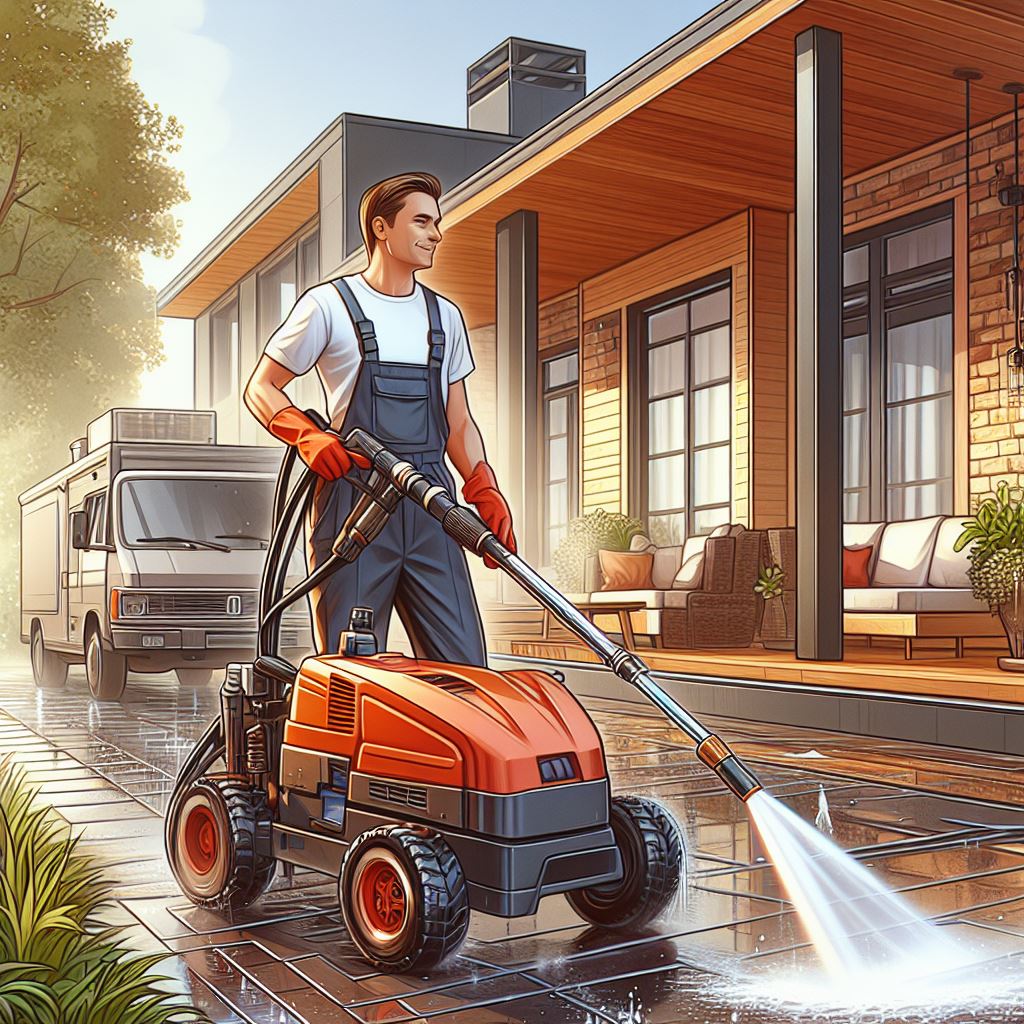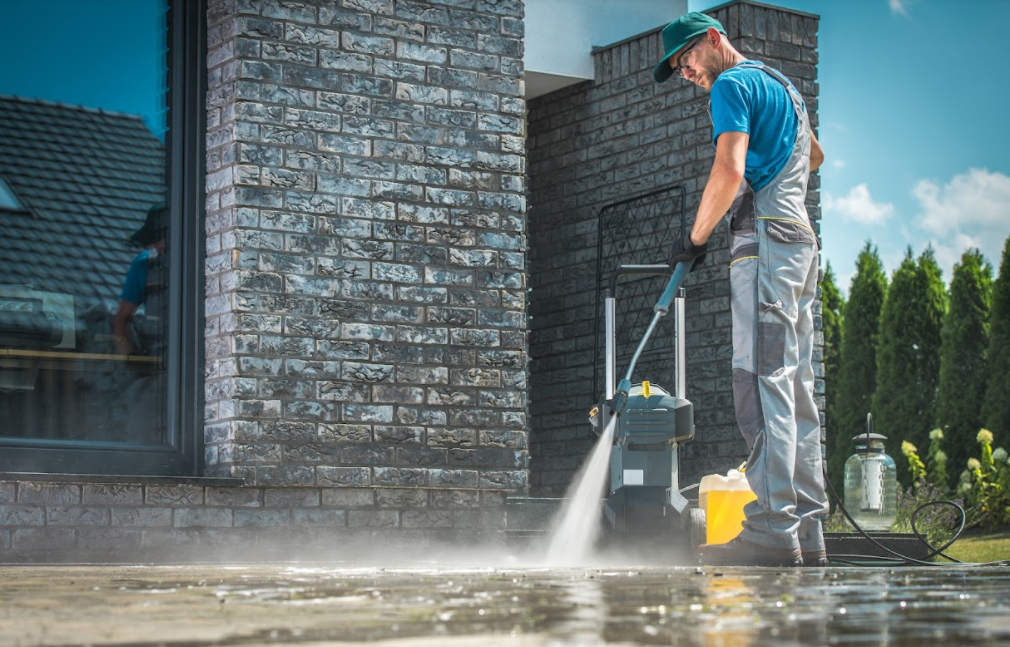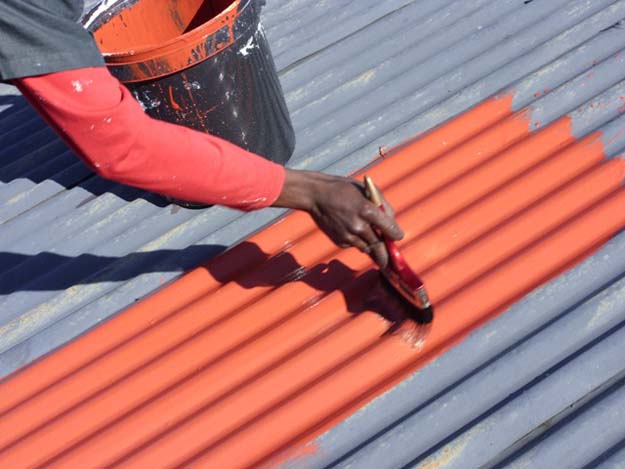Your furnace is unlikely to slow down or break down without warning. There will be signs early on that something is not working properly. The longer you take to check on the furnace after these signs first appear, the larger the repair bill you are likely to face later.
It is important that you know what signs to watch out for so you can take corrective action quickly, and before you are faced with a complete shutdown. Here are eight signs that your furnace needs a checkup. You can find more info at Furnace Repair Toronto.
Clogged Filter
Your furnace’s filter collects dirt and dust over time and eventually becomes clogged. A clogged air filter inhibits air flow and makes the furnace work harder to produce the same result it would with a clean filter. Furnace filters need to be replaced regularly. Ideally, the filter should be replaced once a month, but at the very least, it shouldn’t be left for more than three months.
Dirty Burners
If your furnace burners are gunked up, they cannot discharge sufficient gas required for combustion. Dirty burners produce orange or yellow flames, which is in contrast to the blue flames of clean ones. You may also get a rumble as dirty burners try to ignite. Cleaning burners on your own can be risky, so this is a task you want to leave to the professionals.
Thermostat Malfunction
Thermostats regulate the heat your furnace produces. They are the heart of the furnace since heating is its primary function. If a thermostat is broken or malfunctioning, your furnace will not produce the heat your home needs. Faulty thermostats also significantly reduce the lifespan of the furnace.
Before you determine that your thermostat actually has a problem, check that it is on and has the correct setting.
Ignition Failure
If the ignition fails, the furnace will not discharge any hot air. Modern furnaces use either intermittent pilot ignition or hot surface ignition. The first ignition system uses an electrical spark for the lighting of the gas pilot. The second type of ignition relies on a controlled resistance heating element.
Mechanical Wear and Tear
Furnace parts wear out over time and with regular use. The wear and tear affects the efficiency of the furnace and diminishes its ability to produce hot air. Wear is something that will happen to even the best maintained furnace, since it is a factor of aging. It is important that you look for the early signs of wear and make the necessary replacements.
Weird Noise
If your furnace produces any noise, it should be one you have already grown accustomed to hearing from day one. So if you hear an unusual noise such as a scraping, grinding or squealing sound when the furnace is running, confirm that it is not due to a loose belt or worn out ball bearings. Check the belts, ball bearings and other parts for signs of misalignment, loosening or wear.
Poor Air Circulation
If the furnace seems to take a long time to attain the desired temperature, that could point to a problem with air flow. Poor air circulation may be caused by issues with bearings, loose belts and fan motors that cause the release of unregulated heat. Even a seemingly small fault with the belts and fan motors could inhibit the smooth flow of air.
Gas Smell
There are furnace problems that you can afford to hold off on repairing for days before taking action. But a suspected gas leak is one that you cannot risk ignoring, even for just a couple of minutes. If you smell gas in your home and cannot tell where it is coming from, turn off the supply valve immediately. Do not turn any other switches on or off, nor should you light any matches.
Ask the utility service provider to have someone inspect your home and determine where the leak is coming from.
Time Is of the Essence
The faster you act when you see the warning signs of furnace problems, the less you will spend on repairs – and the longer the lifespan will be of your furnace as well.






